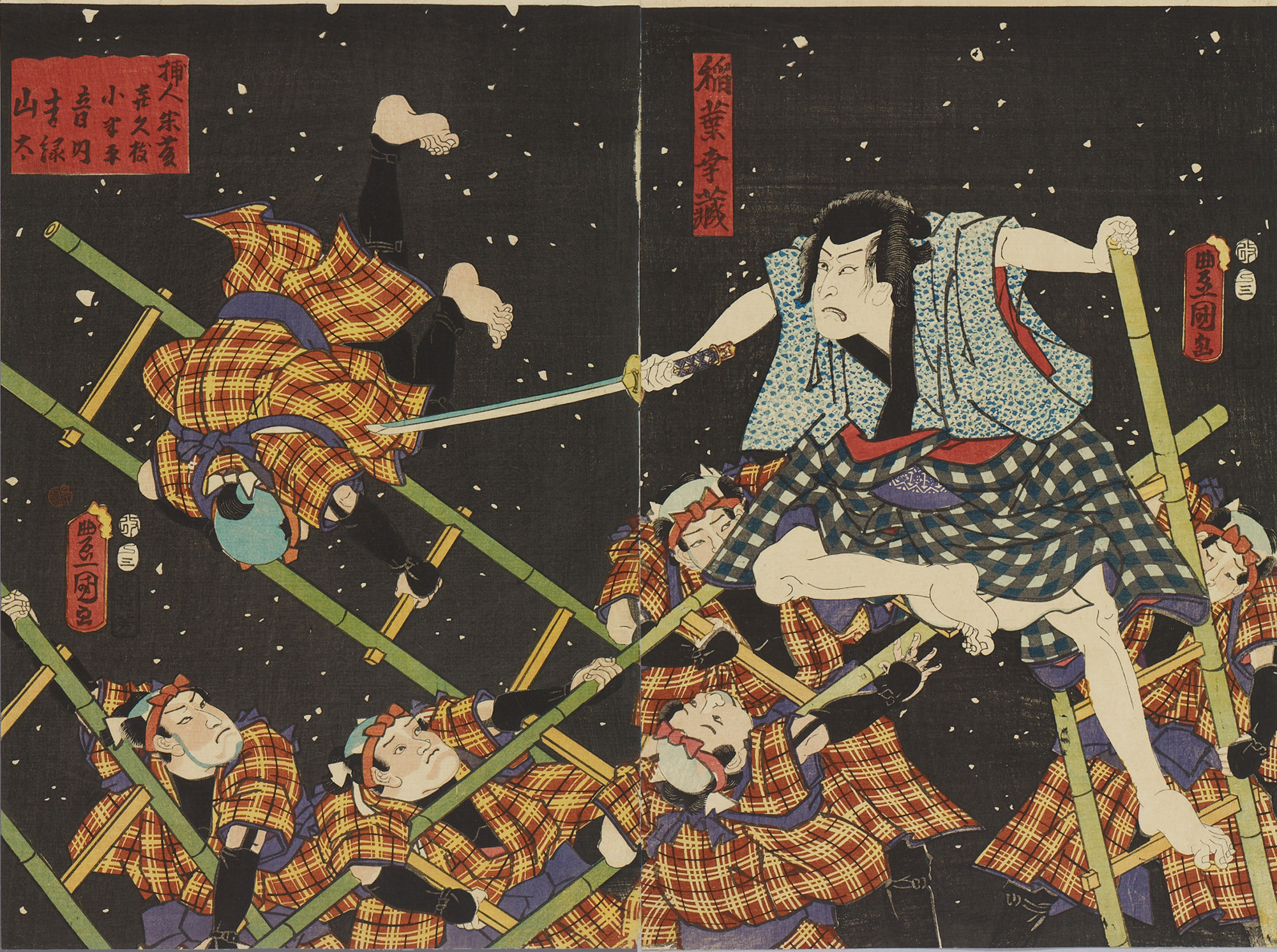In the waning years of the Edo Period (1603-1868), a darkness seized hold of the public consciousness and bloody murders, acts of arson and sexual scandal were rampant. Well, at least in Japanese art.
The 19th century saw the commoner class become ascendent, and Japan's expanding cities fostered forms of entertainment that the chōnin (commoners) relished. With the shogunate weakened due to the intrusion of Westerners, who challenged Japan's established political order, the government was no longer firmly in control. Consequently, lawlessness was more rampant, and storytellers and artists fed into the mass anxiety that overtook the capital city.
The "villain" phenomenon in art and literature provides modern-day viewers with a tangible sense of the Edoite's lingering insecurity, and the special exhibition "Villains in Ukiyo-e" at the Ota Memorial Museum of Art delves into this world of Japanese outlaws with sinister ease. Divided into two sections across June and July, the exhibition showcases 220 woodblock prints of legendary villains from the late Edo and early Meiji (1868-1912) periods.

















With your current subscription plan you can comment on stories. However, before writing your first comment, please create a display name in the Profile section of your subscriber account page.